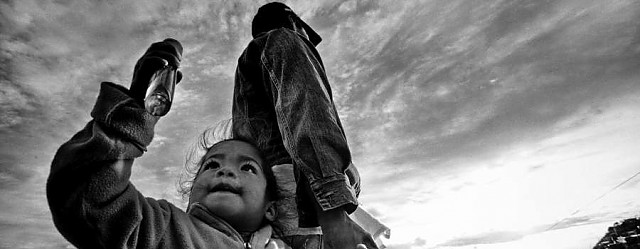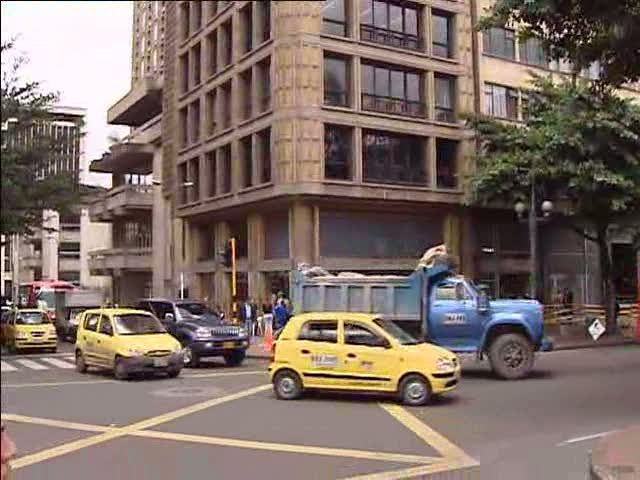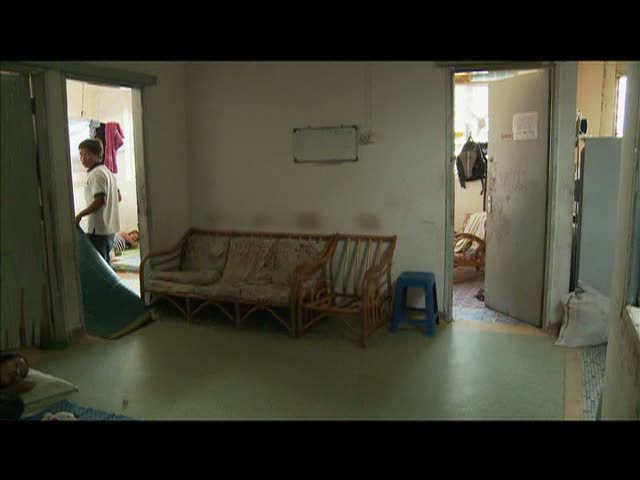Home > Who We Help > Refugees > Urban Refugees
Urban Refugees

Trying to Get By in the City
The iconic image of refugees is row upon row of white tents in a sprawling emergency camp. But the reality is that only one-third of the world's 10.5 million refugees now live in camps. Like 3.3 billion other people on Earth, they have been steadily moving to cities and towns, a trend that has accelerated since the 1950s. More than half the refugees UNHCR serves now live in urban areas, with the remainder outside camps living in rural areas. In the future, more and more refugees will be trying to survive in cities and towns, as will former refugees who return to their homelands and those displaced inside their countries.
Unlike a closed camp, cities present obvious opportunities to stay anonymous, make money, and build a better future. But they also present dangers: refugees may not have legal documents that are respected, they may be vulnerable to exploitation, arrest and detention, and they can be in competition with the poorest local workers for the worst jobs.
In the past, many refugees in cities were young men with the skills and savvy to survive on their own. These days they are increasingly women, who may have been raped or molested in escaping their countries, children and older people who all need special help. In large anonymous cities they often have a hard time finding their way to UNHCR for the support they need, and the UN refugee agency, for its part, cannot provide services as easily as in a camp.
In 2009, UNHCR changed its policy towards refugees in cities and towns, partly as a result of its experiences in helping some 400,000 of the nearly 2 million Iraqis displaced since 2003, most of whom fled to big cities in neighbouring countries.
What is clear is that wherever refugees are - in cities or in camps - they have the same human rights, and both UNHCR and host states have an obligation to protect them and respect their refugee status. And the UN refugee agency needs to work in more innovative partnerships with municipalities, local community associations and others to adequately serve refugees in towns and cities.







































